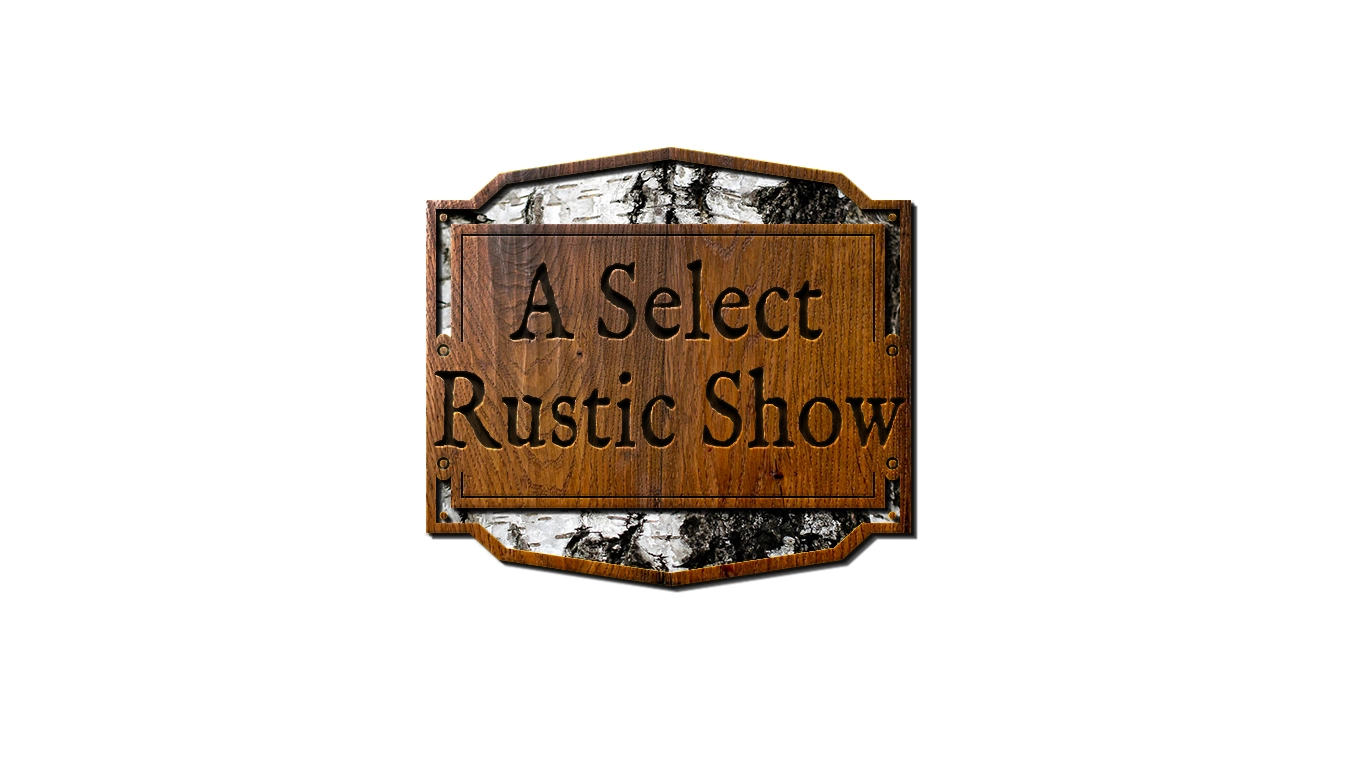A Select Rustic Show
View all ExhibitionsOverview
Today, artists and photographers, architects and furniture makers continue to make creative and often ingenious contributions to rustic architecture, furniture, and the rustic aesthetic. View is showcasing rustic artists and makers in an exclusive exhibit, "A Select Rustic Show."
Participating Artists: Steve Bowers, Wayne Ignutuk, Paul Lakata, Chris Mays and Tracie Doerner, Rick and Denise Pratt, Michael Ringer, Jeannie Ridgeway, Jonathan Swartwout, and Mark Wood.
Adirondack rustic furniture marked a change in the way rustic furniture was made and looked in the last decades of the nineteenth century. Before it, rustic furniture was generally crude and rough, meant only for a short life in the outdoors. Adirondack craftsmen between the 1870s and the 1920s introduced new levels of attention to detail and refinement of expression. They employed more of the tree in a greater variety of forms and techniques than either their predecessors or their modern successors. And, it was in the Adirondacks, that the furniture was incorporated into furnishings of Great Camps to heighten the overall rustic ambience. Tables and cabinets were clad with sheets of white birch bark or with elaborate and inventive geometric patterns of twigs or sticks. Beds and chairs were made of peeled or unpeeled spruce or cedar, or white or yellow birch with the bark still attached. Root, trunk, branch, twig, bark, pine cone and leaf were all used singly or in combination to create and adorn this furniture. The best rustic furniture was one of a kind, and according to the few experts in the field, the best of that was made in the Adirondacks.
Seth Pierce (ca. 1829-ca. 1910) typified the rustic builder. He wrote: "My occupation is guiding, fishing and hunting, and once in a while I take my tools and go at carpenter work." Next to the region’s signature guideboat, rustic furniture was the most important contribution made by native Adirondackers to regional crafts. Making rustic furniture and guideboats was a part-time occupation for men who also worked as guides, carpenters, loggers, farmers, and caretakers during the years 1870 to 1920. Since the 1980s a renaissance has been seen in building traditional Adirondack guideboats and contemporary rustic furniture. Artisans and craftsmen abound in the Adirondacks, the southeast, upper midwest and far west. Their imaginative and often fanciful creations carry on a long tradition.
Click here or the image below to see the 2022 Select Rustic Show Catalog
